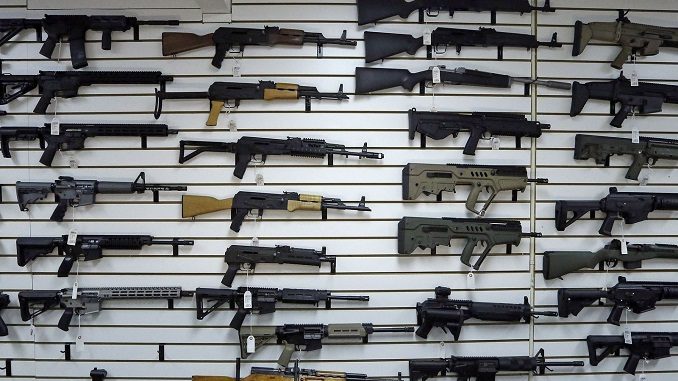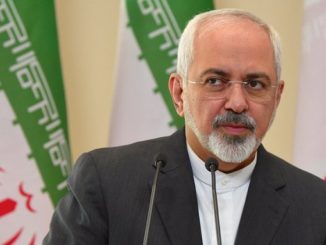
The United States provided over a third of global arms during the past five years, enhancing its role as the world’s top weapons seller, a Swedish-based research institute reported.
In its latest review of global arms transfers, the Stockholm International Peace Research Institute (SIPRI) estimated that the global volume of arms transfers increased by almost 8 percent in the 2014-2018 period, compared to 2009-2013.
The U.S. accounted for 36 percent of global arms sales during the period – up from 30 percent from the 2009-2013 period. The U.S. sold arms to at least 98 countries, far more than any other major supplier, SIPRI said.
U.S. deliveries included “advanced weapons such as combat aircraft, short-range cruise, and ballistic missiles, and large numbers of guided bombs,” Aude Fleurant, head of SIPRI’s arms and military expenditure programme, said in a statement.
Just over half of the U.S. sales went to the Middle East, where Saudi Arabia alone accounted for 22 percent of U.S. sales, making it the country’s single most important market. Saudi Arabia was the world’s top arms importer during the period, accounting for 12 percent of global imports. In addition to the U.S., its main suppliers were Britain and France.
Exports to the Middle East region almost doubled between 2009-2013 and 2014-2018, SIPRI said. Other large regional importers were Egypt, the United Arab Emirates (UAE) and Iraq.
“Weapons from the U.S, the United Kingdom, and France are in high demand in the Gulf region, where conflicts and tensions are rife,” said Pieter Wezeman, a senior researcher with the SIPRI arms and military expenditure programme.
Russia, the world’s second-largest exporter with one-fifth of global arms deliveries, sold weapons to 48 countries, the think tank said. Over half of Russia’s exports went to India, China and Vietnam.
Compared to 2009-2013, Russia’s exports declined by 17 percent, partly due to reduced imports by India and Venezuela, SIPRI said. The U.S, Russia, France, Germany, and China were the top five suppliers, accounting for 75 percent of global arms exports.
Five countries – Saudi Arabia, India, Egypt, Australia, and Algeria – accounted for roughly a third of global arms imports. Second-placed India’s imports equaled 9.5 percent of the global total, partly driven by the long-running conflict with neighboring Pakistan.
Well over half of India’s arms were imported from Russia. Israel and the U.S. were other large suppliers to India.
Australia has stepped up its imports of aircraft and ships amid a perceived threat in the region. SIPRI said China supplied major arms to 53 countries although volumes were “relatively small.”
Pakistan imported over two-thirds of its major arms from China. Several large importers including India, Australia, South Korea, and Vietnam do not import from China over political reasons.
China was the world’s sixth largest arms importer but has decreased imports by developing its own weapons systems, SIPRI said.
The institute uses a five-year cycle to even out fluctuations caused by a big order during any specific year.
The arms transfers database does not include small arms and is based on public sources ranging from national and regional newspapers to specialized international journals, as well as government and industry reports.




Be the first to comment